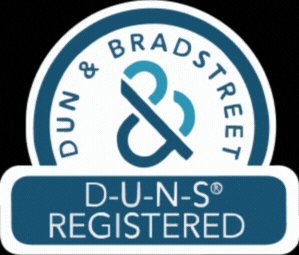Manufacturing Firm’s Journey to Azure Cloud & Modernization

Overview
About the Client
Our client is a well-established mid-sized manufacturing firm with over two decades of experience in producing high-quality industrial components. While a leader in their niche, they recognized the need for digital transformation to maintain their competitive edge and address the limitations of their existing infrastructure.
Challenges Faced
The firm encountered several obstacles with its traditional IT setup:
- Aging On-premise Infrastructure: Escalating maintenance costs, difficulties in scaling resources, and system reliability issues were hampering operations.
- Outdated Legacy Systems: Core applications, including an older ERP, were becoming bottlenecks, creating data silos and hindering the adoption of modern analytics and IoT solutions.
- Limited Agility: Slow deployment cycles for new features or system updates impacted their ability to respond quickly to market changes.
- Security Concerns: Protecting sensitive data on older infrastructure was becoming increasingly complex and resource-intensive.
Our Solution
Strategic Migration and Modernization
We proposed a comprehensive On-prem to Cloud migration and Legacy System Modernization strategy leveraging the Azure Cloud platform. The solution focused on:
- Phased Cloud Adoption: A carefully planned migration to minimize disruption, starting with infrastructure and then moving to application modernization.
- Application Re-architecting: Key legacy applications were re-designed for the cloud, breaking down monolithic structures into more agile, microservices-based architectures.
- Data Platform Modernization: Migrating databases to managed Azure services to improve performance, reliability, and enable advanced analytics.
Technology & Tools Implementation
The project utilized a suite of Azure technologies and tools:
- Azure Migrate: For comprehensive assessment, discovery, and orchestrating the migration of on-premise workloads.
- Azure Virtual Machines: To seamlessly transition existing server workloads.
- Azure App Service: For hosting modernized web applications and APIs, enabling scalability and faster deployment.
- Azure SQL Database: As the modernized, highly available, and scalable relational database service.
- Azure Blob Storage: For cost-effective storage of unstructured data and backups.
- Azure DevOps: To implement CI/CD pipelines, fostering an agile development environment.
- Azure Security Center & Azure Monitor: To ensure enhanced security and proactive improved performance monitoring.
Results
The Impact and Outcome
The Cloud Migration and Legacy System Modernization initiative delivered significant benefits:
- Significant Cost Optimization: Achieved a 35% reduction in IT operational costs by moving from CapEx-heavy on-premise hardware to an OpEx model with Azure.
- Enhanced Scalability & Performance: Systems could now dynamically scale to meet fluctuating production demands, with a 50% improvement in application response times.
- Improved Operational Agility: Reduced deployment times for new features from months to weeks, allowing for quicker responses to market needs.
- Strengthened Security & Compliance: Leveraged Azure’s robust security framework, improving data protection and simplifying regulatory compliance.
- Data-Driven Insights: Unlocked valuable insights from integrated data sources, leading to better decision-making and operational efficiencies.
This transformation positioned the manufacturing firm for future growth and innovation in the era of smart manufacturing.


